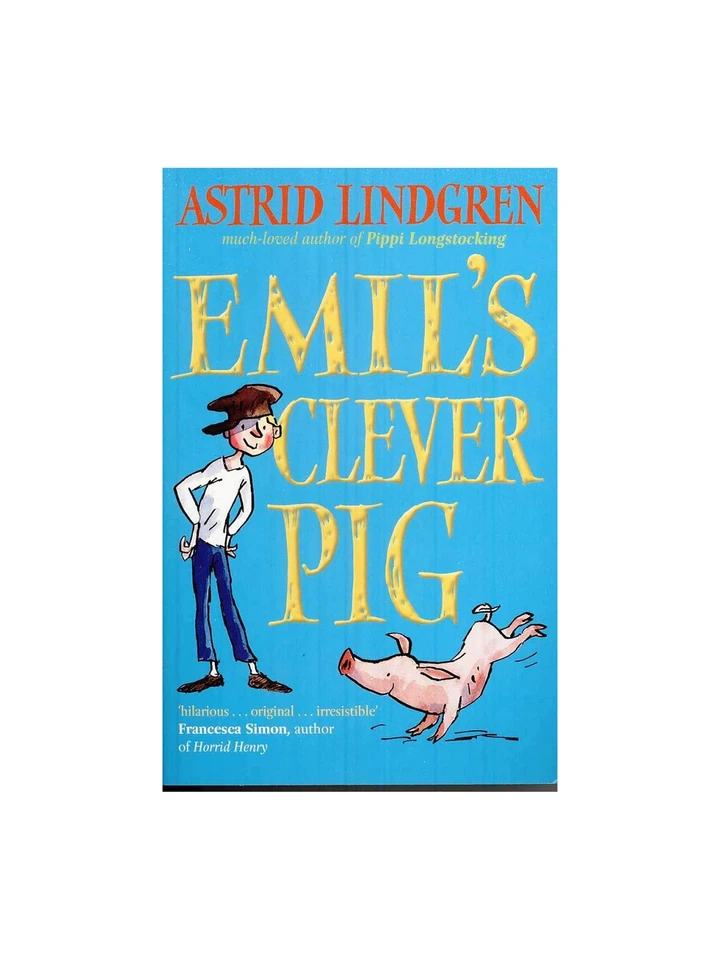Emil's Clever Pig
Emil doesn’t mean any harm really – he just happens to eat fermented cherries and gets drunk together with the rooster and the pig. And afterwards, when he’s about to repent and become a Good Templar, he accidentally sets fire to the vicar’s wife with his magnifying glass … but Emil is a nice boy, deep down, and when he is sitting there in the woodshed having carved his one-hundred-and-thirtieth little wooden figure, he prays earnestly: “Dear God, please make me stop doing mischief. Kind regards, Emil Svensson, Katthult, Lönneberga.”The third book about Emil i Lönneberga, one of the most beloved of all of Astrid Lindgren’s characters, and the one she liked best. The stories of Emil are based on her own father Samuel August and everything he told her about his childhood in Småland during the end of the 19th century.In 2020, the books have been newly illustrated by Mini Grey and published by Oxford University Press in the UK. Previous editions were illustrated by Tony Ross.Translator: Michael Heron

Products with Emil

Other items you might like

Fakta
Astrid Lindgren in Norway
The first to bring Astrid Lindgren's books abroad was the publisher Damm & Søn in Oslo, with their Norwegian edition of "Pippi Longstocking" already appearing in 1946. This marked the beginning of a long-standing relationship. Today, most of her books in Norway are published by Cappelen Damm, a publishing house formed through the merger of Cappelen and Damm. Astrid's book adaptations into films also became popular in Norway, as did her famous songs. One of Astrid Lindgren's favorite books was "Hunger" by the Norwegian author Knut Hamsun; she often mentioned it as one of her greatest reading experiences.
